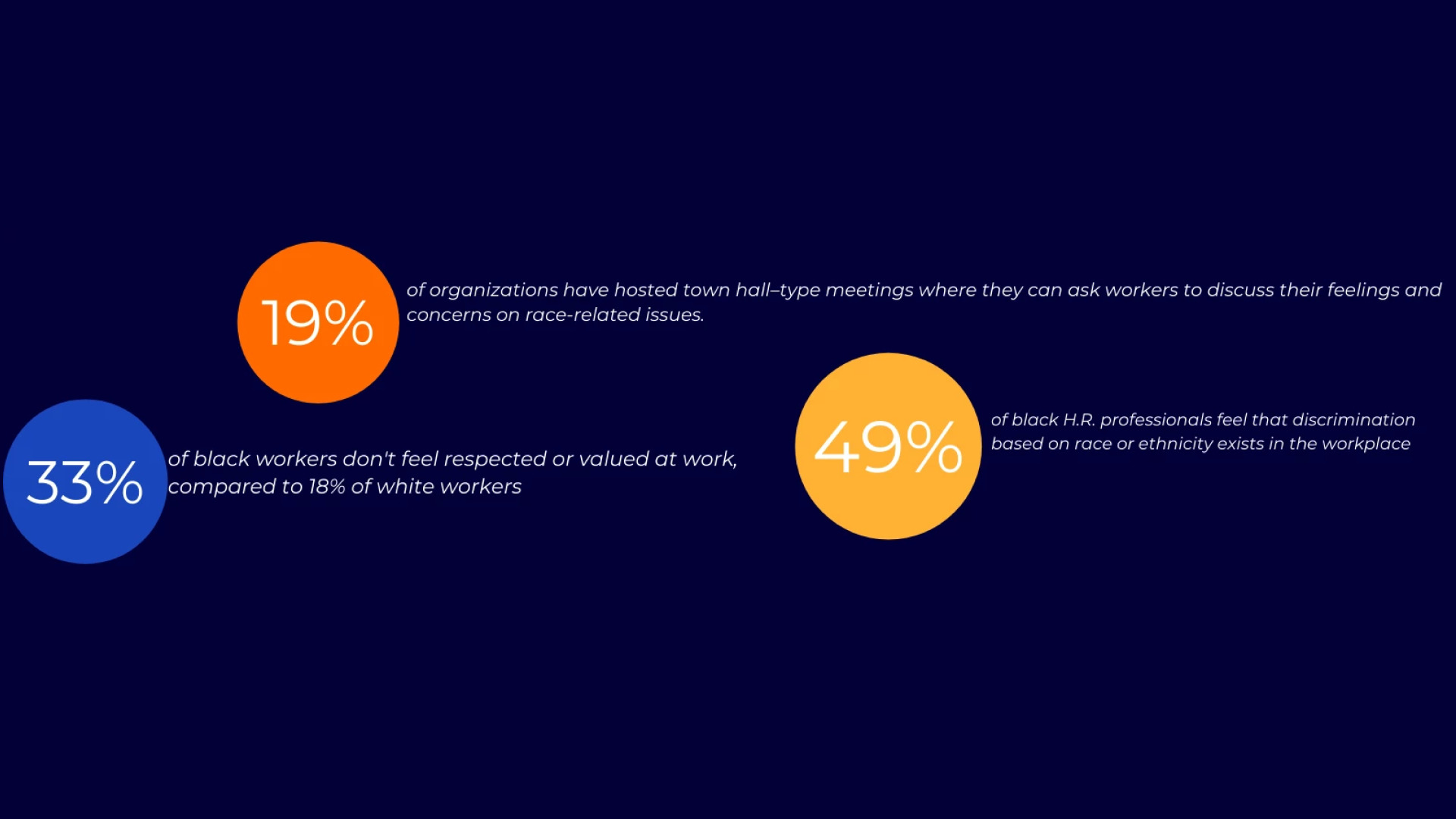Leaning into Diversity and Inclusion
06.10.21
The term "melting pot" has been used to describe the mixing and merging of cultures in America for the past two centuries. It's part of our national identity and why people from around the globe flock to our nation to seek a better life. But the truth of the matter is that people of non-white, Christian, and L.G.B.T. cultures have been omitted from the workplace and leadership position for centuries. Despite years of investment and strategic effort, the U.S. workforce continues to experience race and inequality gaps.

The term “melting pot” has been used to describe the mixing and merging of cultures in America for the past two centuries. It’s part of our national identity and why people from around the globe flock to our nation to seek a better life. But the truth of the matter is that people of non-white, Christian, and L.G.B.T. cultures have been omitted from the workplace and leadership position for centuries. Despite years of investment and strategic effort, the U.S. workforce continues to experience race and inequality gaps.
With the social unrest of summer 2020, there has been a concentrated effort for us as a country to lean into how diversity and inclusion (or lack thereof) affect our personal lives and the workforce. As the nation watched the murder of George Floyd last year, we were forced to turn inward and admit that racial inequity persists almost 60 years since the passage of the Civil Rights Act of 1964 with Title VII. This law protected applicants and employees from discrimination in hiring, promotion, discharge, pay, fringe benefits, job training, classification, referral, and other aspects of employment, based on race, color, religion, sex (including pregnancy), or national origin.
As our society confronts these issues, some leading business advocates are taking a deeper look into their employee statistics and discovering eye-opening data. The Society of Human Resource Management (S.H.R.M.) recently revealed a study that shows the discrepancy of white vs. black U.S. workers’ beliefs on racism in the workplace.
For instance, they found that 49% of black H.R. professionals feel that discrimination based on race or ethnicity exists in the workplace compared to 13% of white H.R. professionals and 21% overall. Furthermore, 33% of black workers don’t feel respected or valued at work, compared to 18% of white workers and 20% overall.
So what does it mean — and why is it essential — to have a diverse and inclusive workplace? It goes beyond looking at the statistical racial makeup of your employees and checking the box that you have X% of each race represented. The diverse makeup of your team also provides the foundation of “diversity of thought.” When people come from various backgrounds and life experiences, they view the problem in front of them through a different lens. Like-minded people will come up with one like-minded solution, but a group of people from various backgrounds, races, and genders can spur creative thinking and problem-solving.
Our mentor Benno Dorer, former C.E.O. of Clorox and one of the highest-ranking C.E.O.s on GlassDoor, says, “I would venture to say that companies that don’t fully dedicate themselves to creating an inclusive and diverse organization will ultimately die in the future. Because people will no longer buy their services, but also people will no longer want to work there.”
So for a company that is looking to true up their J.E.D.I. (Justice, Equity, Diversity, Inclusion) statement, the first step is to ask your employees about racism in the company. Communication is key. If you don’t ask, you won’t hear the critical issues that may be brewing in your company and not understand why you have difficulty maintaining a diverse culture.
To break the communication barrier, employers must be willing to change the narrative and confront the communication about race and diversity in the office culture. And that is a big hurdle; according to S.H.R.M., 33% of all workers feel that it is taboo to talk about racism at work, and their workplace discourages the discussion. The fear of retaliation is too high, and so often, the racist incidents go unreported.
According to the S.H.R.M. study, “only 19 percent of organizations have hosted town hall–type meetings where they can ask workers to discuss their feelings and concerns on race-related issues. Even fewer organizations (15 percent) have had supervisors—including H.R. professionals, who are likely to be best equipped to manage workplace discussions about race and ethnicity—explore these topics with their teams.”
Education is the second step a company can take to committing to its J.E.D.I. statements. Educating your employees about the issues that face black and brown workers or L.G.B.T. and communicating how they can help, can be the first path towards creating solidarity.
Some companies have allowed their employees to take time off work to protest for racial injustice to show their support.
Investment is the next step to show a more profound commitment. Our mentor and C.E.O. of DocuSign, Dan Springer, dedicated part of his stock options to underprivileged areas where DocuSign operates. The first being the Boys and Girls Club of America in the Seattle area. Demonstrating the desire to support a cause from the top permeates the desire to do better, be better and help your community throughout the company culture.
For more insights on diversity and inclusion from top leaders, check out our latest webinar on D.E.I. or our mentor videos on what it means to be a transformational leader and grow your leadership skills.


